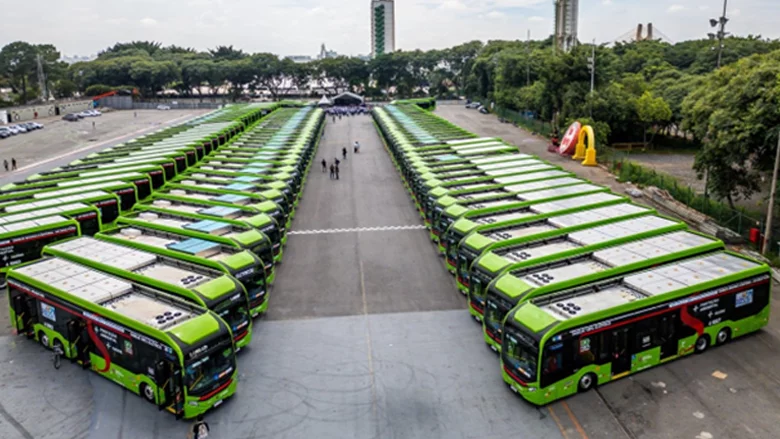Stated choice studies have been applied regularly to the valuation of time savings and other attributes of
travelling as perceived by individuals. In such experiments, respondents often provide reference levels
for the attributes and the hypothetical choices presented to them are pivoted around actual behaviour.
However, most individuals are not able to provide reference levels for the number of casualties on the
road they travel. Thus, if valuation of this important element is attempted, it is the researcher who must
provide casualty risk reference levels to the respondents. Some studies have applied route choice
experiments including a safety attribute but the majority has been limited to only one particular road
section with a common baseline risk for all respondents.
This study discusses the setting up and results of a more generalized route choice experiment
including a safety attribute. Respondents provided, at an initial stage, their travel times and costs related
to a recent trip by car. Then, expected numbers of casualties for different trip lengths were calculated
based on travel distances and traffic densities. So, the calculated number of severe injuries and fatalities
(casualties) per year, on the road section the respondent had travelled, entered as a third attribute in the
choices, together with the reported travel times and costs. Route choice was analysed using multinomial
logit and mixed logit models. From the latter models we obtained point estimates for the value of the
statistical life ranging from € 7.3 million to € 19.1 million.











